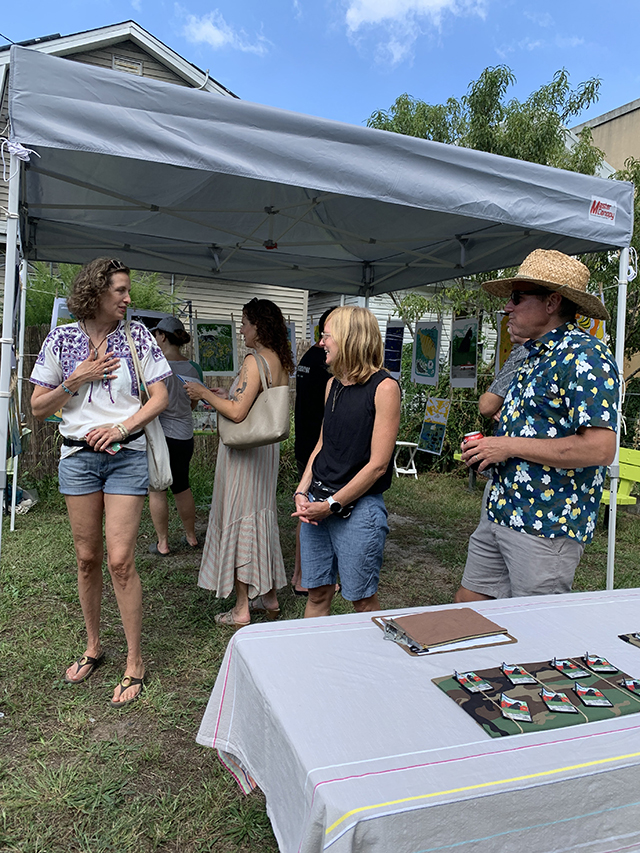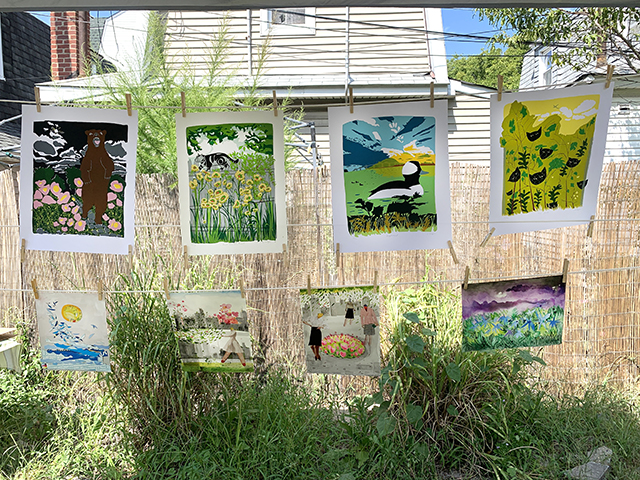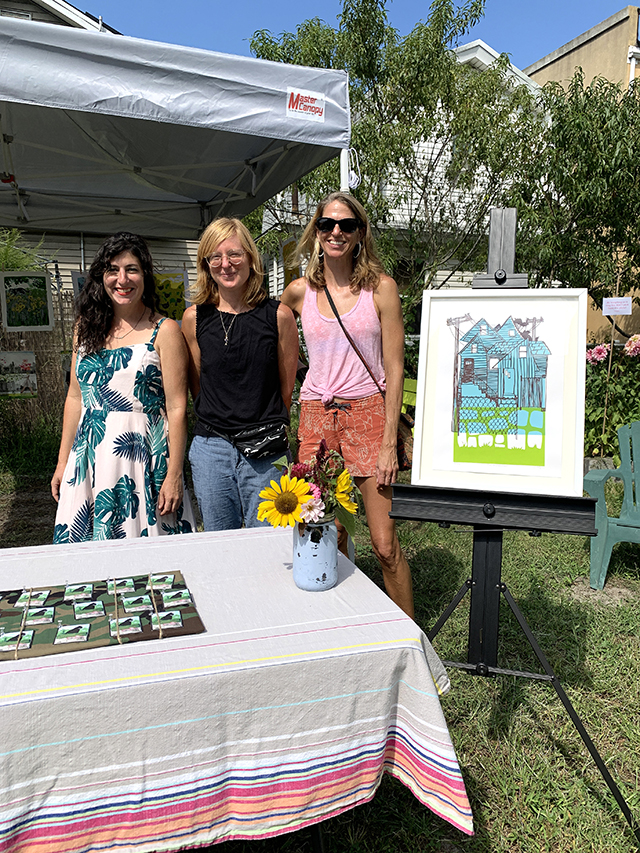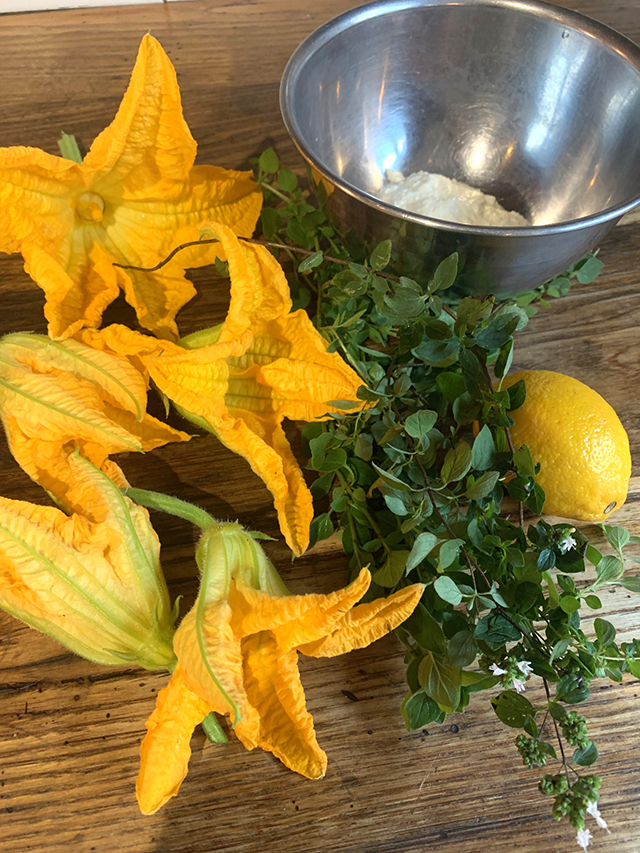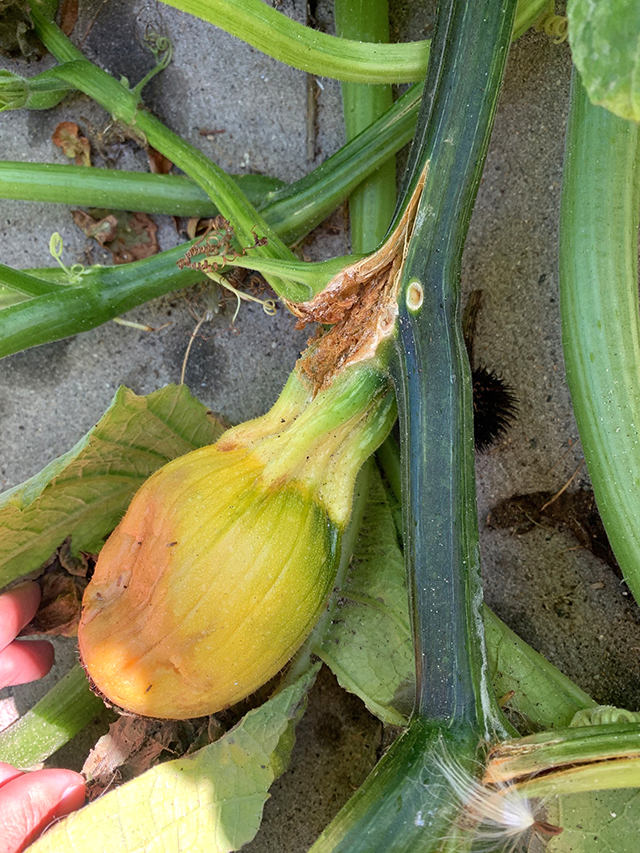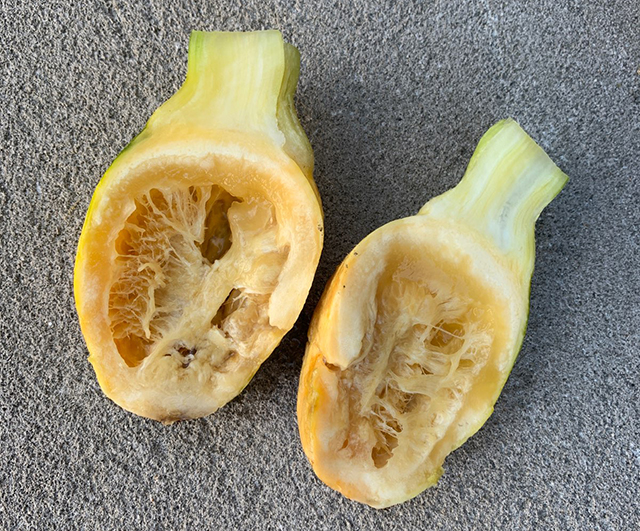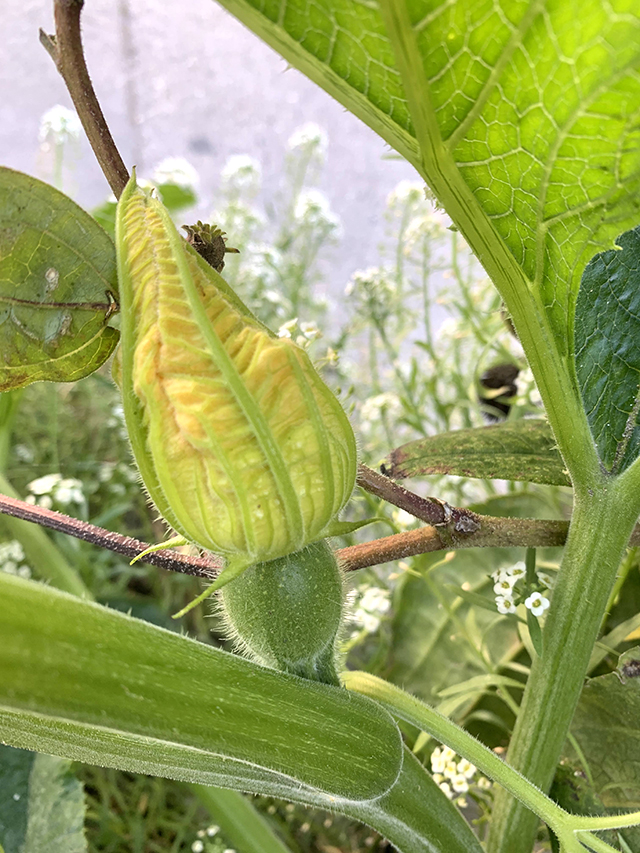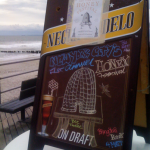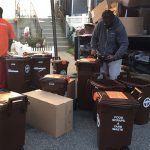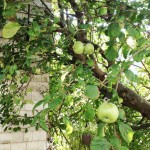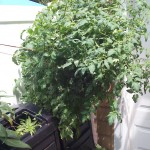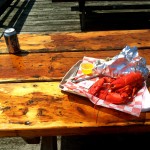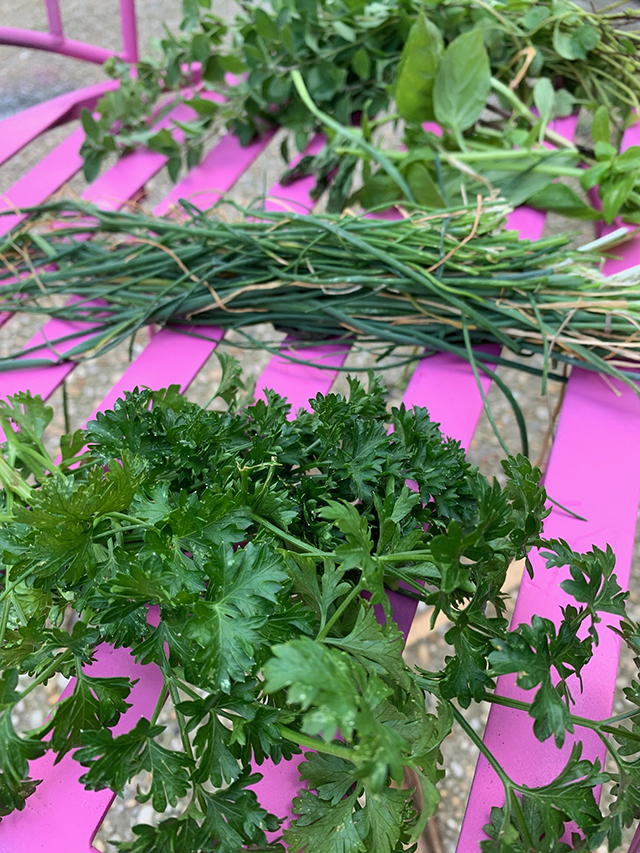
It’s been a productive garden season partly because of the consistent rain over the summer and the warm weather we’re having of late. I just harvested another batch of beautifully ripe tomatoes. If we don’t get a cold front, I may even procure one more collection! What a great year for tomato growers. It’s been my best year to date– that’s for sure.
My herbs are also still growing strong. I made another large batch of pesto last week. I have so much parsley and oregano, it feels premature to dry them out for winter use at this point.
Parsley is one of my favorite herbs to cook with. It has a spice and earthy flavor but it’s not overbearing. This makes it great to use in so many meals, soups and salads. It’s also a pretty garnish. Besides parsley’s culinary properties, it’s whimsical florets will attract swallowtail butterflies and bees to your garden. So consider planting this herb for all of its benefits next season.
With my abundance, I decided to make a dressing of sorts with parsley, oregano, chives and a bit of basil. How can you go wrong?
Garden Herb Marinade
(makes one cup)
Ingredients:
A handful fresh Italian parsley
A handful fresh oregano
A handful fresh chives
About 7 large basil leaves
1 lemon
½ cup olive oil (Colavita is my preference)
½ cup red vinegar
6 cured black olives, pitted
1 teaspoon parmesan cheese
1 clove garlic
Salt, fresh ground pepper to taste.
Directions: Rinse and remove any dead or yellow leaves from all herbs. Cut stems off parsley. Pick basil leaves off the stem. Chop the chives one inch long. For the oregano, hold the top of the sprig with one hand and run your thumb and index finger down the stem. This is an easy way to remove the small leaves quickly.
Combine all the ingredients into a food processor and pulse for one minute until blended well.
This dressing is perfect for marinating meat and fish. The longer you marinate, the better. I treated myself to a swordfish steak. It was delicious, soaked in herbs. It can also be used on salads or to drizzle on Italian bread. The garden herb dressing will keep in the refrigerator for at least two weeks. Store in a sterilized, tightly closed jar.
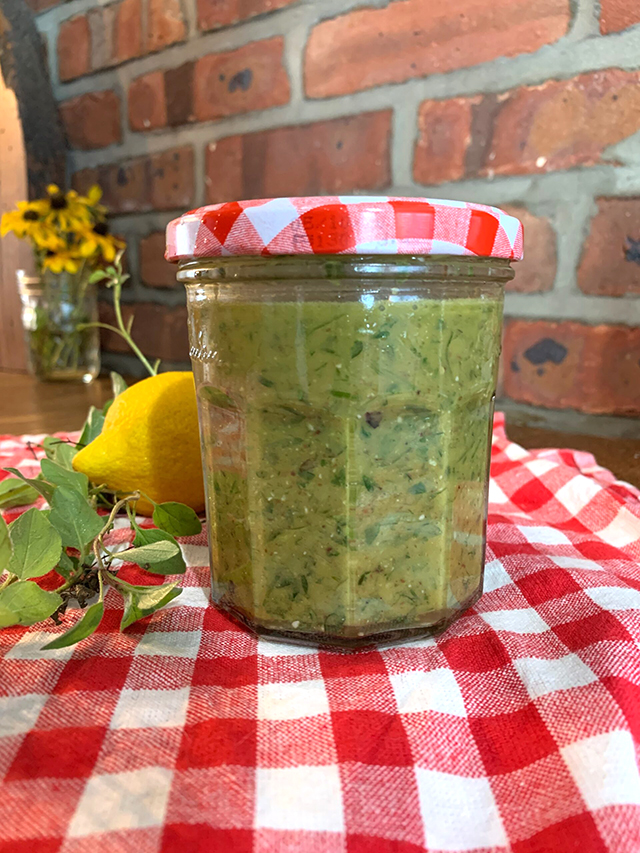
by Paula D.
on October 27, 2021 2:51 pm in Holiday
I’ve always enjoyed decorating for the holidays. I believe it’s because of the fond memories I have as a child with my sisters and father, preparing the house for whichever celebration was up next.
We’d help dad string Christmas lights, begging him to go higher and higher on the roof! Notably, strapping baby Jesus down with cables “so nobody would steal him” was a sought-after task.
For Easter, we’d use Scotch tape to adhere the cardboard bunnies to the glass on the front bay window. My father also had the “melted popcorn” decorations. I had to google the name. They are those one-dimensional flat plastic things. The plastic looks swirly and melted. Then came the plastic eggs all around the lawn (I’d never use plastic like that these days!) My sister Maria and I invented the coolest thing with those eggs though. This was back when you could purchase colored toilet paper. Remember the blue and yellow rolls? Why did that go out of fashion? We would take a bunch of yellow paper, wet it and put it inside the eggs. We made yoke! I’m sure you can guess what came next…
In retrospect, I feel my father truly enjoyed decorating with us. It wasn’t a parental obligation thing. He went all out and the house was always the best on our block. He has a talent for it. My sisters and I inherited our creativity from my father and his side of the family. My father could have been a great artist or creator but never was afforded the opportunity. My grandmother Pauline, after her husband died at 30 something, was forced to become a secretary in the “Mad Men” era. So my father and his brother were latch-key kids, also helping with household chores. Creative pursuit was not in the cards.
The interesting part of all of this is that he always and still does find creative outlets. Like decorating for the holidays, refurbishing garage sale finds, gardening or giving me creative suggestions for the house.
Some may feel that decorating is cheesy or a waste of time or money, but not me. It’s imaginative and more importantly, reminds me of so many happy memories decorating to the nines with my father.
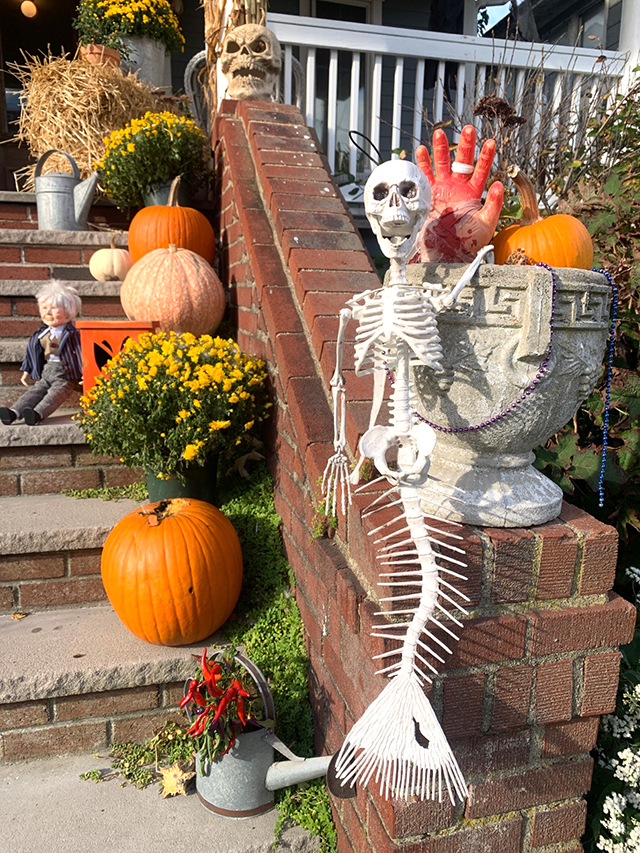
Each holiday I buy a few more items to add to my decorating arsenal. For Halloween, my concept has been skeletons. My father taught me about themes and color – stick to a select palette and one concept. Here are some photos of my display this year! I hope after reading this you are inspired to get creative with your family and decorate. Not to mention it adds fun and joy to our neighborhood streets.
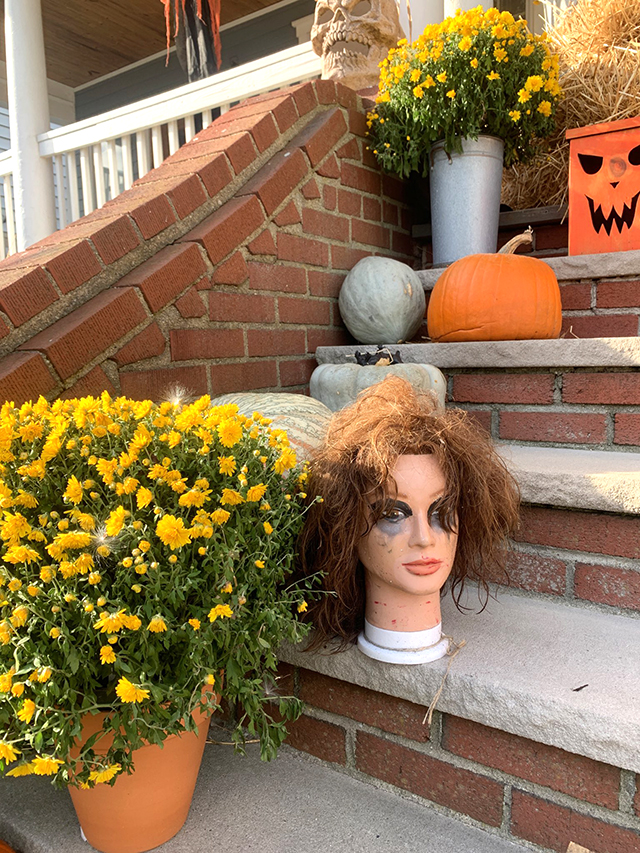
Follow Paula on the day-to-day on Instagram @theglorifiedtomato
The success of the Beach 91st Street Community Gardens’ art show last Saturday, featuring works by Clare Hilger, was beyond my expectations! So many neighbors and friends came to support us, to view and purchase artwork and enjoy the garden space. We had people in and out all day! I met a few neighbors that I never knew before and some mentioned how they’ve always walked by and wanted to come in. That makes me truly happy because community gardens should have a community impact and I feel we accomplished that.
I wanted to thank a few individuals in particular – Kristi Dickerson and Clare Hilger, who spearheaded the event, the volunteers who set up, cleaned up and helped with other tasks – thank you Jeremy Jones, Elisa Dorn, Miranda Moleski, Fon Tongsomboon, Jill Lauri, Riva Richmond, Christy Illius and Susan Graham… I fear I am forgetting someone!
